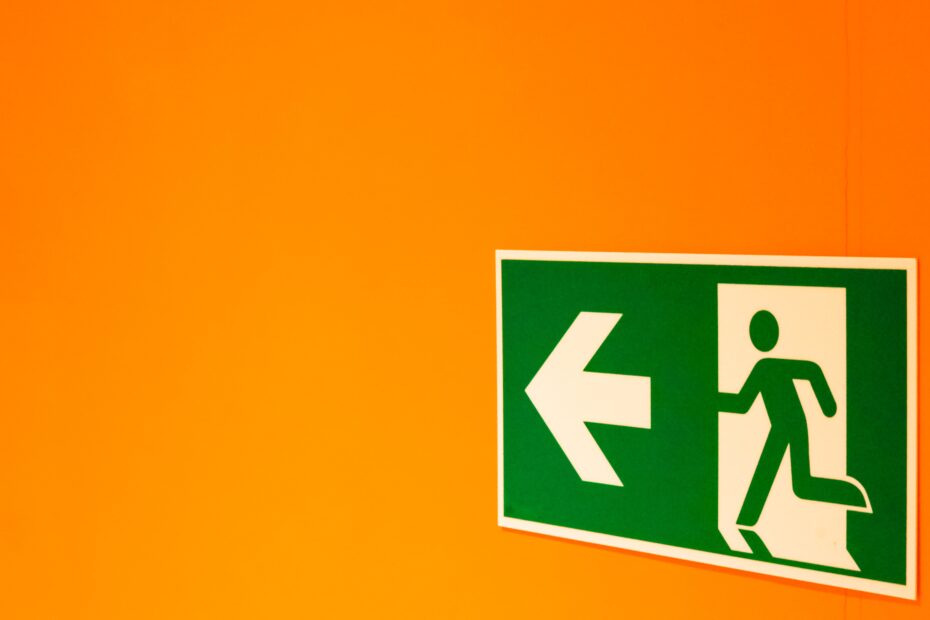Table of Contents
Putting together an emergency kit is one of the best things that a person can do to protect themselves and property. A basic at home emergency kit should contain supplies for each person in your household to last a minimum of three day.
Store the emergency supplies in an easily accessible area inside your main house. It is best for the container to be constructed of plastic, such as a clearly marked clean trash can or storage container, so if an evacuation is issued it is easily transported.
Basic Emergency Supplies
- Water (one gallon per person per day)
- Food (non-perishable packaged or canned food and snacks), can opener, cooking tools, utensils and plates/bowls/cups
- Battery-powered or hand crank radio and a NOAA weather radio with tone alert and extra batteries for both
- Flashlight and extra batteries
- First aid kit
- Fire extinguisher
- Whistle to signal for help
- Cell phone with chargers and a non-cordless telephone set
- Bleach
Emergency Personal and Medical Supplies
- Prescription medication, medical supplies, glasses
- Toiletries, sanitation pads, personal care items
- Blankets and Pillows for each individual
- Extra clothes and rain gear for each individual
- Special items for infants and the elderly
Household and Evacuation Supplies
- Full tool set
- Copies of all important documents inside a resealable waterproof container (insurance and medical records, bank account information, identification, social security cards, proof of residence)
- Copies of keys
- Local maps
- Cash, credit cards and travelers checks (Bank and ATMs may be down for an extended period)
- Pet care items (shot records, identification, food, water, leash and muzzle)
- Matches in waterproof container
- Paper and pencil/pen
- Books games, puzzles for children
Hurricane Kit Additions
In a hurricane prone area, the emergency kit for humans remains the same but there are additional items needed for securing a home.Check the emergency kit at the beginning of each hurricane season.
These items should be checked at the beginning of each hurricane season.
Put earthquake preparedness kits with basic disaster supplies in the home, office, school, and car. Kits contain food, water, and sanitation equipment for 72 hours.
- Pre-cut plywood or hurricane shutters sized for all windows
- Screws, ladders, tools for securing plywood to the window seals
- Bring in or tie down all outdoor furniture, decoration and garbage cans
- Have all trees and shrubbery well trimmed to make them more wind resistant
- Turn off utilities as instructed by local authorities
- Turn off propane tanks
- All vehicles should have a full tank of fuel
- Ensure emergency kit is in a central location that is easily accessible
- Fill bath tubs with water for drinking and sanitation prior to the storm
- Understand terms used to identify hurricanes
- Listen to local radio, television or NOAA All Hazards Radio for updates
- If an evacuation is issued, leave.
Putting together emergency supplies will not take long, but when used as part of a disaster plan can help save lives.
